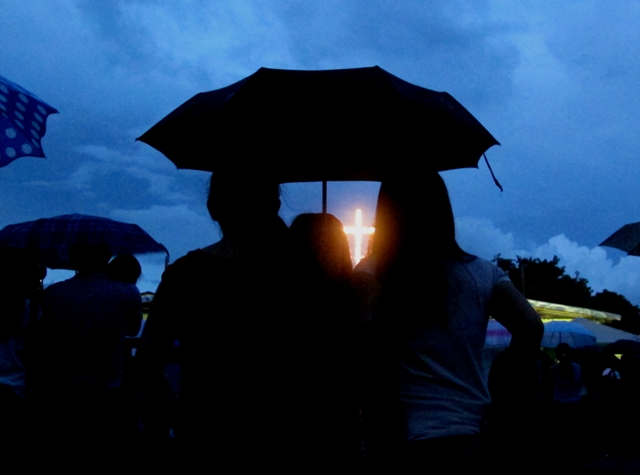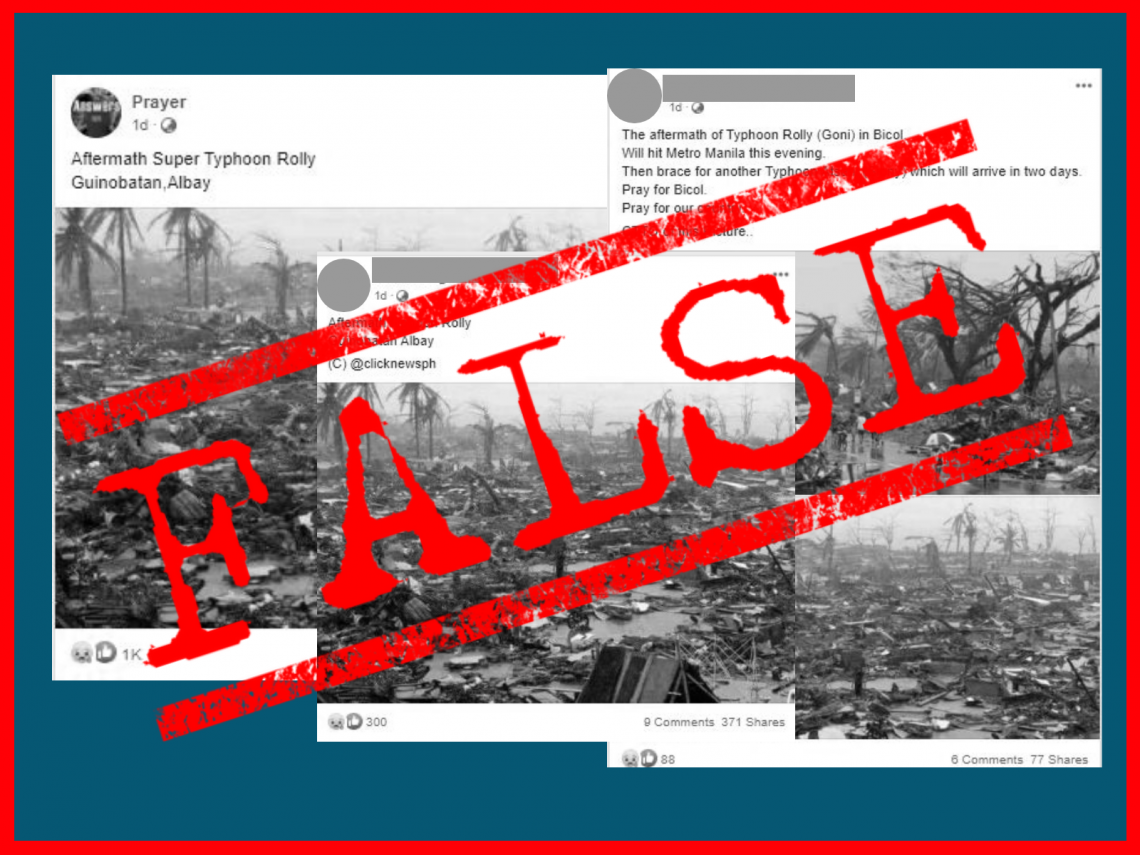
Text and photos by AVIGAIL M. OLARTE
TACLOBAN CITY – On the bed is where she could end it, she thought. She’s 16, he’s six months old.
Alyssa (not her real name) was sold for sex one night last year. On board a docked ship in Leyte, in a locked room, a Japanese repeatedly raped her. Her pimps paid her P200. She walked away with not a cent, with a baby.
A girl with many dreams, Alyssa is among the thousands of children abused and trafficked in the Philippines each year. Here in Leyte, she’s one among many others, and after Supertyphoon Yolanda, authorities fear there are countless, faceless more.
“There are unverified reports that more minors are now being trafficked, recruited to work in bars, and probably forced into prostitution in the entire region post-Yolanda,” said Asther Dadulla, regional focal person on recovery and reintegration program for trafficked persons of the Department of Social Welfare and Development (DSWD) in Eastern Visayas.
Since the deadly typhoon struck November 8 last year, her office has rescued 50 victims of trafficking in disaster areas like Tacloban, Catbalogan, Marabut, Ormoc, Baybay, Palo, and Camotes Islands. Most of the victims are minors. Of the six reported cases, two are in Tacloban.
Dadulla said they have received reports that minors are being recruited to work in bars where they are possibly subjected to forced labor and prostitution. A city official, who requested anonymity, said this is especially so in Tacloban where a number of KTV and videoke bars have aggressively sprung up since Yolanda.
“We have received such reports from citizens. Prostitution is rampant because people have no money. And they need money to build their houses,” the official said. The victims are minors, ages 14 to 16, at times with their very own mothers acting as pimps.
Downtown on Zamora St., right in front of a merchandise store, is where pimps lurk around at night, waiting for a hungry prey. This was the exact place where Alyssa found herself in when she needed money after running away from home before Yolanda struck. Later she was lured to stay with her pimps at a lodge and was sold and abused for months.
But after the disaster, women and girls are now rarely seen in that corner of Zamora St., a fruit vendor who wishes to protect her identity observed. When a local or a foreigner passes by, only the pimps are there.
“Ang mga bugaw diyan magtetext lang. Mura lang, minsan bata pa (The pimps simply sends a text. It’s cheap, even if it’s a minor),” she said. The women are paid P700 a night, and girls are paid P1,000. “Tinatanong ang client ano ang gusto nila (They ask the client what they want).”
Having been in Zamora St. for 20 years, she knows for a fact that now more women and children have resorted to sex for money. “Siyempre dumami pagkatapos ng Yolanda kasi walang trabaho. Yung iba wala talagang tulong na natatanggap (Of course after Yolanda many more worked as prostitutes because they have no money. The others have not received any aid),” she said.

After the super typhoon, City Councilor Dalisay Erpe said the devastating loss of loved ones has led to fractured relations within families, leading to weaker sense of values. This is on top of the desperation that drives some people to resort to abusive and degrading means just to survive, others observed.
For her, enforcement is key to controlling trafficking and prostitution in the city. As a member of the Committee on Games and Amusement, Erpe said the city’s business and licensing division should be more vigilant in monitoring the proliferation of bars and videokes in Tacloban. But then again, she cautioned, the law is often circumvented by those who have powerful connections.
To help authorities, Erpe said she will push for an ordinance that will limit the number of hours young people spend outside their homes at night. “After Yolanda, there’s just too many teenagers drinking Red Horse on the streets; so they’re more exposed to bad influence,” she warned.
No to trafficking
Councilor Jom Bagulaya said the city has yet to pass an ordinance on anti-human trafficking that would support Republic Act 9208 or the Anti-Trafficking in Persons Act of 2003. As head of the Committee on Women and Children, she said in July she pushed for the passage of an ordinance that institutes policy and programs for children in disaster areas, and this includes protecting minors from being trafficked.
Mayor Alfred Romualdez added that since Yolanda, the local government has beefed up its bus terminals and ports. “We also have informants all over the region. And in Tacloban, it’s easy to identify trafficking cases because everyone knows everyone. I don’t see rampant cases here,” he said.
In fact in camps, residents are routinely trained to guard their communities against trafficking. In Barangay 62-B National Housing Authority Bliss Sagkahan, where over 300 families remain in bunkhouses, a group of seven women patrol the gates and alleys at night, from 9pm to 12am.
Armed with “batutas” or wooden clubs, these teams of women are called Gender-Based Violence Watch Groups trained by the Coalition Against Trafficking Women in Asia-Pacific and the DSWD. They are a new breed of community leaders formed after Yolanda to protect the rights of women and children.
“Yung bata ilipat lang sa ibang bahay posibleng trafficking na yun, may masamang intensyon. Yan ang turo sa amin (If a child is brought to another home that’s possibly trafficking; that’s what they taught us),” said Marilyn Cinco, one of the camp managers. Children are also ordered to be indoors by 9pm.

City Prosecutor Ruperto Golong, who also heads the Department of Justice Task Force Against Trafficking in Region 8, said there were only two filed trafficking cases in Tacloban after the typhoon. One case in November 2013 involved a 15-year-old girl who was seen in the company of people who were not her parents, at a time when people were fleeing Tacloban. The case was dismissed because the mother was in fact waiting for her daughter in Manila.
Another case involved five children, aged 12 to 15 years old, who were attempted to be trafficked by an international non-government organization and were rescued in Tacloban Abucay New Bus Terminal last April. After three months in detention, the members of the group were released and the case was dismissed for lack of evidence.
A recent case filed in Leyte includes two sisters from Tacloban. In July, authorities in Abuyog, Leyte rescued the siblings, one of them a minor, along with three other women who were working for a karaoke bar. The owner of the bar and his wife had been charged but were allowed to post bail in September.
The case file showed the two sisters were hired as waitresses but were forced to wear skimpy outfits and were called “pok pok” or prostitutes. They were paid per “take out,” a term used when clients pay them for sex, and also earned 20 percent from each ladies’ drink sold.
When they escaped, they were taken to the city shelter for girls where they were reunited with Carmela Bastes, the social worker who helped them in 2010 when they were rescued after being trafficked to work at a sardines canning factory in Zamboanga City. “After Yolanda, they had no money so they had to work again,” she said.
Dadulla fears this is the case in many areas affected by the typhoon in the region, especially in rural areas where people are more vulnerable to traffickers who lure victims with promises of money.
“They’re not aware that it’s trafficking. They’re not aware that it’s illegal,” she said.
After her ordeal, Alyssa is now aware of the law. Her trauma has shaped her fierce spirit. She’s a child who loves to play with teddy bears and make-up, but when she sees on television women who are raped by men of power, her rage resurges.
One day, she said, she might become a lawyer or a journalist. “Maraming naaapi dahil hindi sinasabi ang totoo (Many are abused because the truth is kept hidden),” said the doe-eyed girl, her fingers curled in a fist of fury. This year twice she took the witness stand and bravely faced her pimps.
Alyssa said she draws her strength from people who say, “Ipagpatuloy mo lang yan, may mararating ka (Don’t give up, you will succeed).” And while at times she looks at her baby and feels hatred and pain, so overwhelming that she could harm him, she goes back to the memory of the day he was born, and why she named him after Superman.

(This story is part of VERA Files’ project Human Trafficking Casewatch supported by the U.S. Embassy’s Small Grants Facility.)




